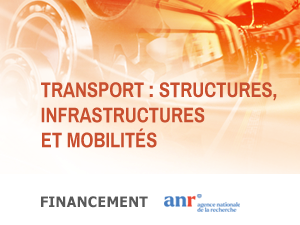The electrification of means of transport involves the development of converters from battery DC voltage to AC voltage for motors. Increasing the performance of these power converters requires very high performance power electronic components, such as Gallium Arsenide (GaN) transistors. The consequence is a very high power density to be dissipated as heat (> 500 W/cm2). The aim of this project is to propose an innovative thermal management system for this type of converter by producing a single-piece device for dissipating the heat from the transistors to the surrounding environment. An enclosure allowing direct thermal contact between the transistor housings and a liquid, ideally water, forms the evaporator of a heat pipe. The condenser, in the form of hollow fins, completes this unique piece made from a technical polymer with a thin copper deposit, all produced using plastronic techniques. The heatsink designed in this way eliminates the contact resistances that predominate in a conventional assembly. The CaPReP project, coordinated by CETHIL, brings together the AMPERE laboratory's Power Electronics and Plastronics teams, as well as the IMP. The electronic/thermal co-design methodology developed is of great interest, particularly for exploring different ways of improving electronics. Thanks to the collaboration of recognised partners, this multidisciplinary project with a high potential for innovation will enable the "plastronic heat pipe" technology to move from TRL3 to TRL4, thereby meeting major scientific, technological and environmental challenges.


